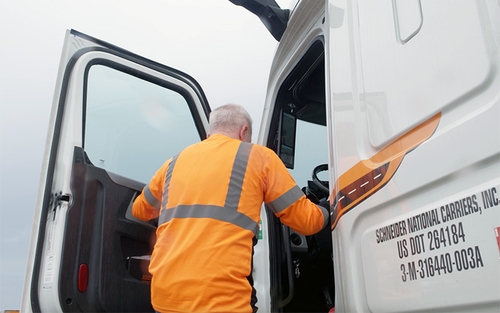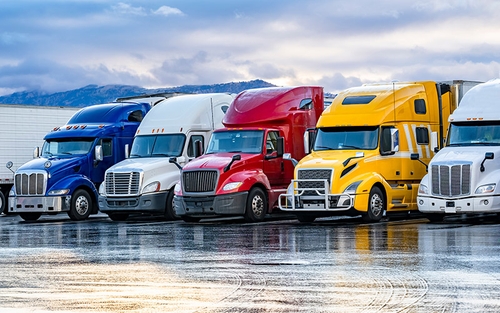Estimated reading time: 1 minute
In the trucking industry, 'slip seating' is a term new drivers should know about before looking for their first job. While you may have never heard the phrase before, it's an integral part of many trucking operations.
But what is slip seating? And when could you expect to slip seat as a driver? Keep reading to find out.
What is slip seating?
Slip seating is when drivers are not assigned a specific truck to always use. Instead, they use whichever tractor is available to them for their shift.
Slip seating arrangements are more commonly used with local driving jobs. Regional and over-the-road truck drivers are typically assigned their own truck.
How does slip seating work?
In practice, slip seating is relatively straightforward. Before, or when a driver arrives for their shift, they're assigned to whatever truck is available. It may not be the same one they drove during their previous shift.
Once their shift is over, the driver cleans the truck and removes their personal items. The truck is then refueled and prepared for the next driver. This process ensures that the truck is used efficiently, reducing any downtime for the next driver.
Tips for drivers who slip seat
If the driving job you apply for requires slip seating, here are our top tips to slip seat effectively:
- Stay organized: Since you'll be moving in and out of different trucks, keeping your belongings organized is crucial. Consider using a bag or backpack to keep your personal items, paperwork and any necessary tools together.
- Communicate effectively: Clear communication with your leader is vital. Discuss any issues with the vehicle promptly and ensure all necessary information is passed on at shift change.
- Maintain cleanliness: Respect the shared space by keeping the truck clean. Remember, another driver will be using it after you.






